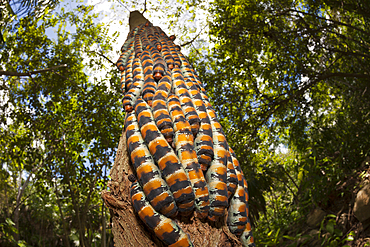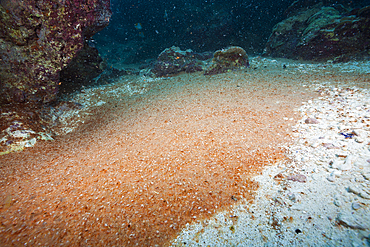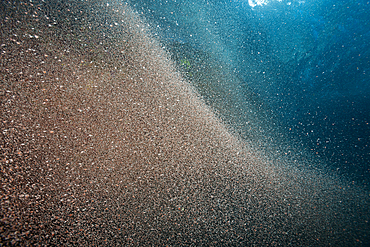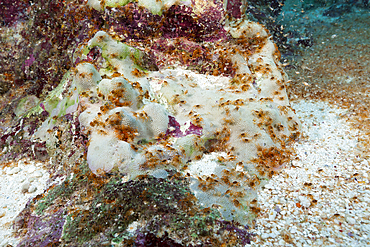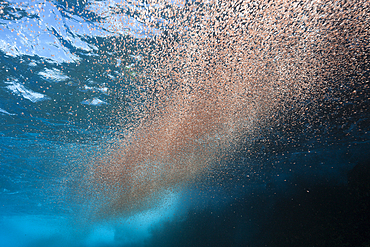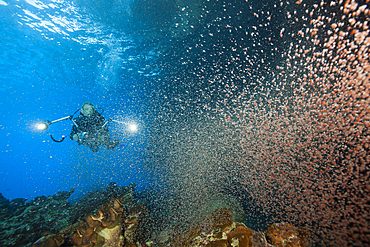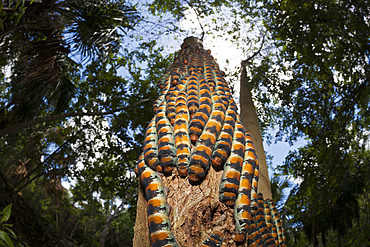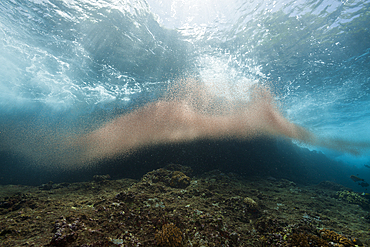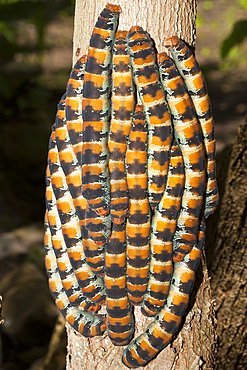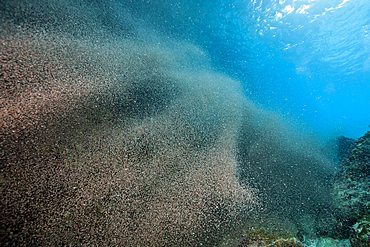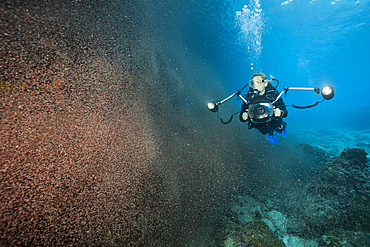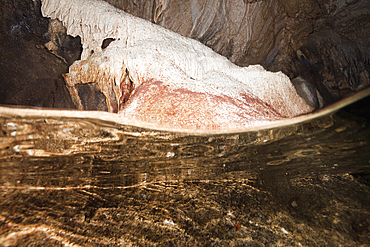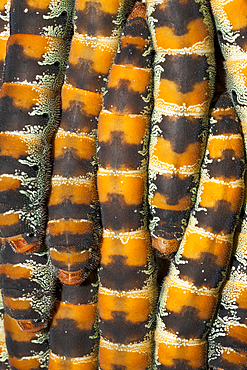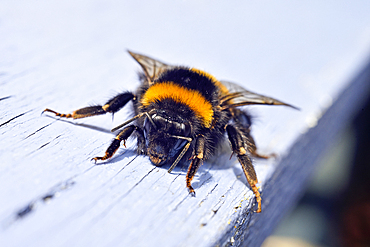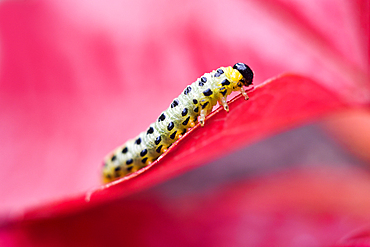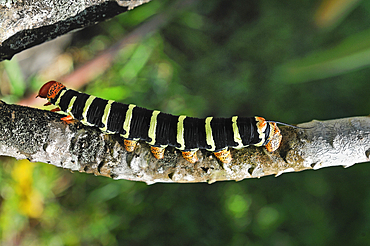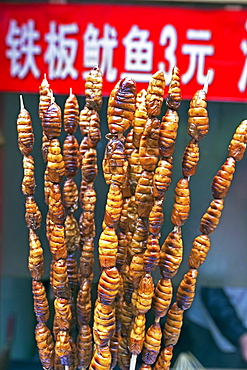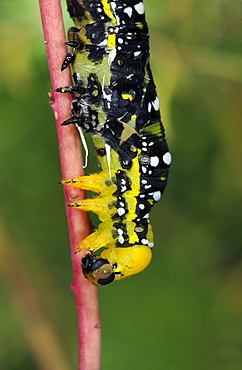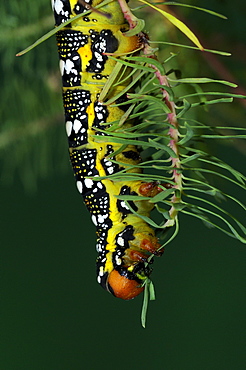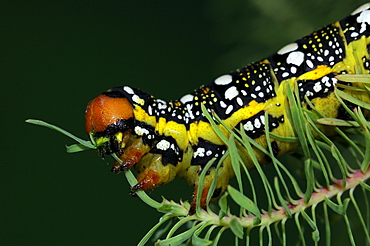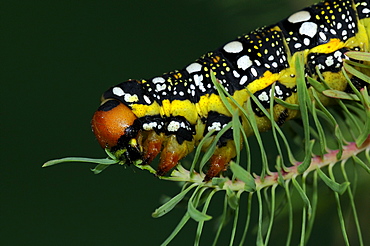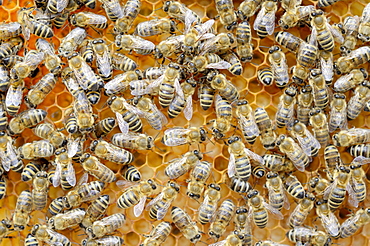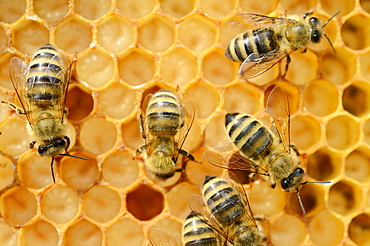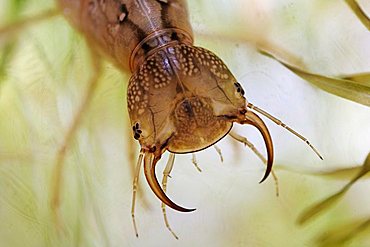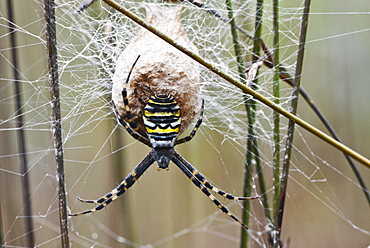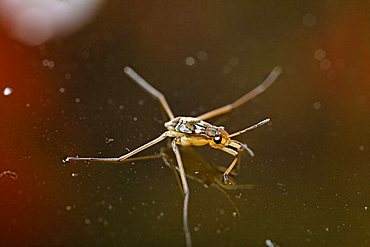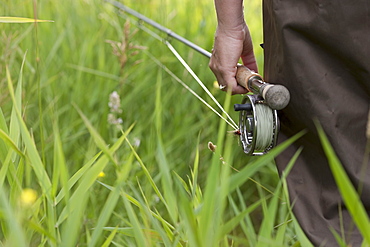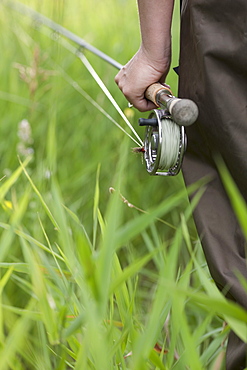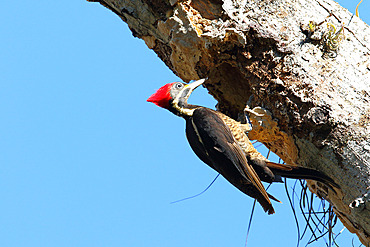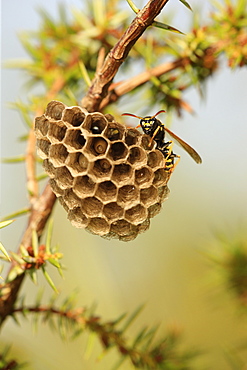Results
27 results found
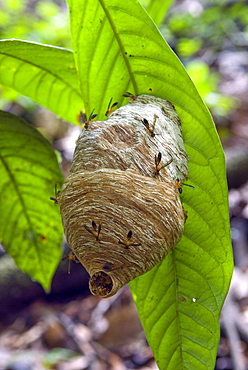
Swarm of wasps (Angiopolybia pallens) and nest in the forest, French Guiana, Overseas department and region of France, French Guiana, South America
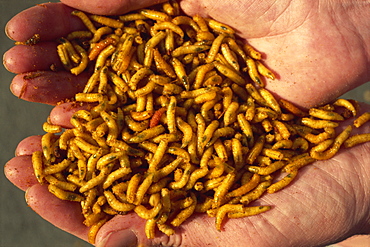
Maggots for fishing bait, bred on maggot farm, dyed yellow by dye added to offal feed, Nottingham, Nottinghamshire, England, United Kingdom, Europe
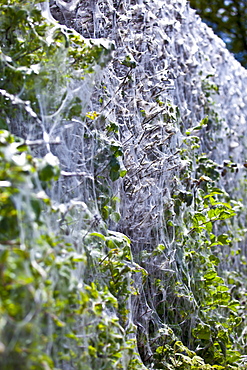
Larvae stage of Tent Moth, Eastern Tent Caterpillars, make tent of silk on host hedgerow in County Cork, Ireland
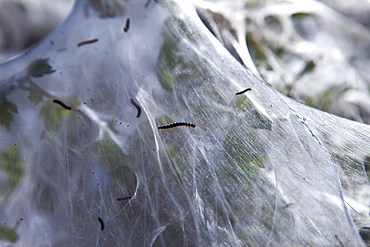
Larvae stage of Tent Moth, Eastern Tent Caterpillars, make tent of silk on host hedgerow in County Cork, Ireland
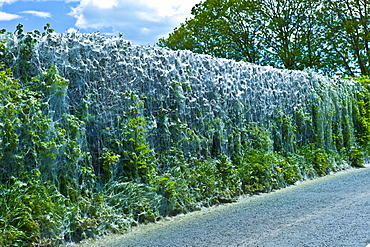
Larvae stage of Tent Moth, Eastern Tent Caterpillars, make tent of silk on host hedgerow in County Cork, Ireland

Larvae stage of Tent Moth, Eastern Tent Caterpillars, make tent of silk on host hedgerow in County Cork, Ireland
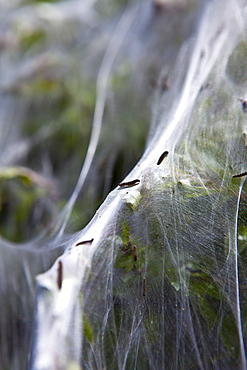
Larvae stage of Tent Moth, Eastern Tent Caterpillars, make tent of silk on host hedgerow in County Cork, Ireland
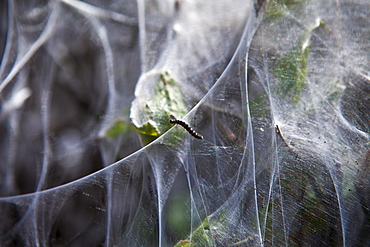
Larvae stage of Tent Moth, Eastern Tent Caterpillars, make tent of silk on host hedgerow in County Cork, Ireland
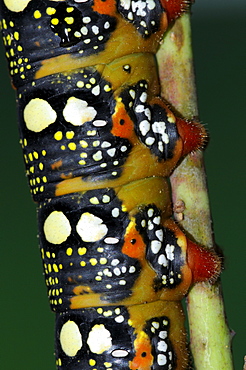
Spurge Hawkmoth (Hyles euphorbiae) close-up of final instar fully grown larva showing pattern and colors
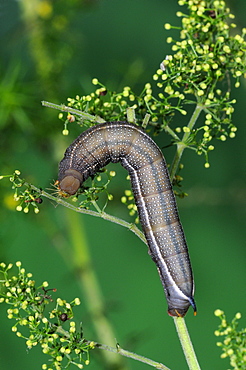
Hummingbird Hawkmoth (Macroglossum stellatarum) final instar fully grown larva, feeding on bedstraw, Oxfordshire, UK
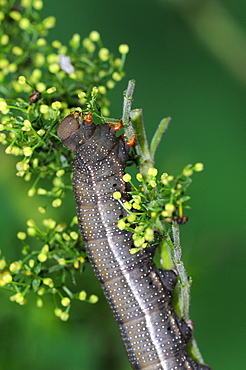
Hummingbird Hawkmoth (Macroglossum stellatarum) fully grown final instar larva feeding on bedstraw, Oxfordshire, UK
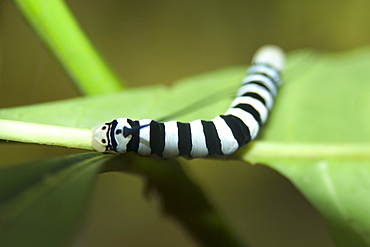
Sphingidae moth larvae on leaf, Mamiraua sustainable development reserve, Amazonas, Brazil, South America
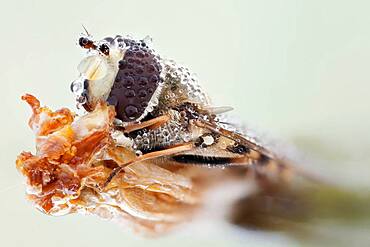
As their common name suggests, they are often seen hovering or nectaring at flowers; the adults of many species feed mainly on nectar and pollen, while the larvae (maggots) eat a wide range of foods.

Black soldier flies are common and widespread fly of the family Stratiomyidae. Neither the larvae nor adults are considered pests or vectors. Instead, black soldier fly larvae play a similar role to that of redworms as essential decomposers in breaking down organic substrates and returning nutrients to the soil/environment.
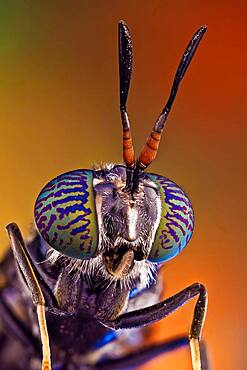
A common and widespread fly of the family Stratiomyidae, and quite possibly the best-known species in the entire infraorder. The larvae are used in manure management, for both house fly control and reduction in manure volume, and the mature larvae and prepupae raised in manure management operations are themselves useful as feed supplements
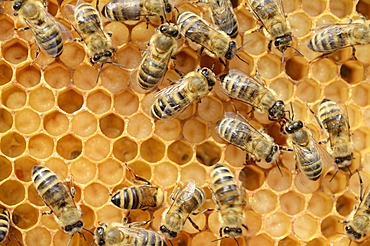
Honey bees (Apis mellifera), worker bees caring for the brood, on brood cells, larvae, circa 8 days, in honeycomb cells
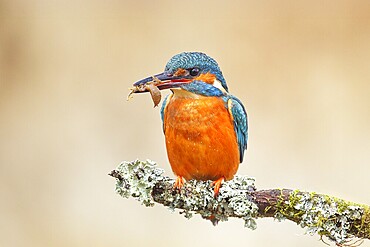
Kingfisher (Alcedo atthis), female sitting on a branch with captured dragonfly larva, wildlife, nature photography, waterfowl, Siegerland, North Rhine-Westphalia, Germany, Europe

Tweezers with larva and tube in a laboratory with hand and laboratory glove, food control, Freiburg, Baden-Wuerttemberg, Germany, Europe

Insect pests, larvae, with tube in a laboratory for food control, food, Freiburg, Baden-Wuerttemberg, Germany, Europe
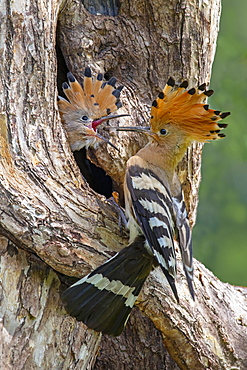
Hoopoe (Upupa epops), adult feeding nestling at the entrance of the nest cavity with the larva of a snake, St. Margarethen, Tyrol, Austria, Europe
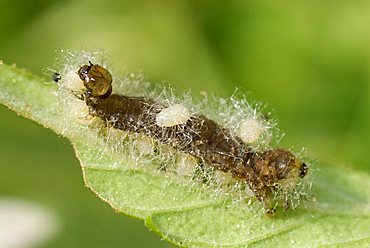
Parasitized caterpillar. A certain type of wasp lays its eggs in the caterpillar, their inhabitants feeding off the caterpillar then leaving it to pupate beside its now empty shell, Cannes, Alpes-Maritimes, France, Europe
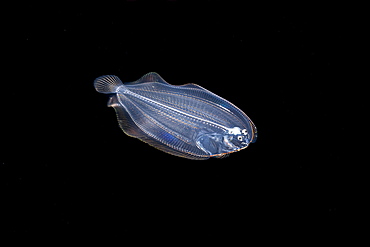
At just two inches in length this appears to be the larval stage of a flounder. This image was captured a mile off the island of Yap at night with the bottom 1000+ feet below, Yap, Federated States of Micronesia

The larval stage of a tube anemone (Cerianthus sp), likely around 30 days old at this point, will settle on the bottom at approximately 100 days. Photographed at night one mile off the island of Yap, Yap, Federated States of Micronesia
